Biggest Blunders to Escape as an Artificial Intelligence Developer
One of the most critical mistakes an artificial intelligence developer can make is to rush into creating models without having a complete grasp of the data foundations.

Lack of Data Understanding and Preparation
One of the most critical mistakes an artificial intelligence developer can make is to rush into creating models without having a complete grasp of the data foundations. This rushed approach leads to poor model performance, unrealistic expectations, and deployment failure. The artificial intelligence developer must take significant time to explore data, quality check, and business context understanding prior to algorithm development.
Data quality issues will typically remain undetected until the platform is in production mode, causing significant performance degradation. An experienced artificial intelligence developer learns to identify data inconsistencies, nulls, and biased samples that can be harmful to model quality. Careful data validation and cleaning processes guarantee that these problems will not propagate across the development pipeline.
Overlooking Data Drift and Distribution Shifts
Most artificial intelligence systems built by coders do not work because models trained with historical data do not generalize across changes in data properties over time. Production environments will often have different data distributions than training environments, and thus models start to perform poorly without any apparent reason. The artificial intelligence coder must implement monitoring systems that alert them to such changes and prompt retraining of the model where necessary.
Seasonal patterns, market conditions, and business growth can all contribute to data drift that affects model precision. An proactive artificial intelligence engineer designs systems for these conditions rather than relying on training data being representative indefinitely.
Overengineering and Premature Optimization
Complex Solutions for Simple Problems
Another common mistake is the application of very complex algorithms by an artificial intelligence developer when simpler means would suffice. The appeal of new techniques introduces unwanted complexity that increases development time, maintenance cost, and deployment risk. A pragmatic artificial intelligence developer starts with simple baselines and adds complexity as needed because of performance enhancements.
Deep learning models, while powerful, may not be the best solution to every problem. An experienced artificial intelligence creator contemplates whether traditional machine learning techniques, rule-based systems, or even simple heuristics can provide acceptable performance with lower complexity and maintenance requirements.
Premature optimization is a significant trap for artificial intelligence developer professionals who think they understand where performance bottlenecks exist without measurement. This kind of action is apt to lead to optimizing the incorrect components and avoiding true performance issues. The artificial intelligence developer ought to profile systems seriously in order to identify actual bottlenecks before optimizations are implemented.
Resource optimization is a matter of being aware of the specific deployment environment and usage models. An AI developer can optimize for training speed when inference latency is the bottleneck, or optimize for memory consumption when the bottleneck is computational speed.
Insufficient Test Coverage
AI system testing is more complicated than traditional software testing, yet artificial intelligence developer specialists underesti Rather than not making glaring errors, models can fail in beneath-the-surface ways not making glaring mistakes, and complexity requires testing methods worthy of experts that check performance under many conditions and edge cases.
The AI developer must test not only code correctness but also model behavior, data-processing pipelines, and integration points with other systems. Testing in such a manner covers extensive testing prior to these problems reaching production environments and having a massive business impact.
Inadequate Validation Methodologies
Improper validation techniques are a significant mistake that causes overly optimistic performance estimation. An AI developer must understand different validation techniques and select appropriate techniques for specific data characteristics and business requirements. Time series data, for example, requires different validation approaches than independent sample data.
Cross-validation, holdout testing, and A/B testing all have different roles to play in the validation process. The artificial intelligence developer will need to select validation techniques that give realistic estimates of production performance without allowing data leakage that can overestimate performance measures.
Production Deployment Oversights
Forgetting Scalability Requirements
Most artificial intelligence development projects fail at scale because algorithms that work perfectly fine on small datasets fail to keep up with the volume of production data. The artificial intelligence developer must consider scalability needs from the beginning of the development phase rather than an afterthought.
Batch processing assumptions will break down when real-time inference is required, and production resource constraints are usually not emulated in development environments. An experienced artificial intelligence developer designs systems that can handle projected production volumes while maintaining acceptable performance.
Inadequate Monitoring and Maintenance Planning
Unmonitored deployment of AI systems is a serious mistake that can cause clandestine failures and performance degradation. The creator of artificial intelligence needs to implement expansive monitoring that tracks not only system performance but also model performance, data quality, and business impact measures.
Model maintenance requires ongoing effort that most artificial intelligence developer experts underestimate. Models deviate as time passes due to data drift, changing business requirements, and user behavior drift. Regular monitoring and retraining planning from time to time prevents such issues from causing system breakdowns.
Communication and Stakeholder Management
Unrealistic Expectations Management
Not fulfilling the expectations of stakeholders is a common mistake that can render otherwise successful projects unsuccessful. A developer of AI systems must explicitly convey the strength and weakness of AI systems so that unfulfillable expectations are not raised that leave individuals disappointed and the project futile.
Business stakeholders often have inflated expectations about AI capabilities based on media coverage and marketing materials. The artificial intelligence developer must provide realistic timelines, performance expectations, and implementation constraints while maintaining enthusiasm for the project's potential value.
Insufficient Business Context Understanding
Engineering ability without business sense will lead to AI solutions that are technically correct but lack business value. Artificial intelligence developers should be conscious of business objectives, end-user needs, and operational constraints that affect system design and implementation decisions.
Domain understanding is as important as technical skill to facilitate successful AI development. An AI developer who is context-aware for business can make better design decisions and avoid technology-driven solutions that are not aligned with realistic business requirements.
Keeping Up with Rapid Technology Evolution
The artificial intelligence industry is evolving rapidly, and artificial intelligence developer professionals can easily fall behind what is best practice and what is new. However, chasing everything new without strategic purpose can drive a cycle of continually moving technical approaches that never mature.
Successful artificial intelligence development professionals balance staying aware of new developments with maintaining deep expertise in established approaches. Achieving this balance requires deliberate learning strategies that value technologies with actual business applications over pursuing novelty for its own sake.
The developer of artificial intelligence will also have to understand when existing solutions will suffice and when new technologies provide actual benefits in terms of increased complexity and cost of learning to implement.

























































































![Samsung teases incredibly-thin Galaxy Z Fold 7 as its ‘lightest’ foldable yet [Video]](https://i0.wp.com/9to5google.com/wp-content/uploads/sites/4/2025/06/galaxy-z-fold-7-thin-teaser-1.jpg?resize=1200%2C628&quality=82&strip=all&ssl=1)





![Tim Cook surprises Swift Student Challenge winners at Apple Park [Interview]](https://i0.wp.com/9to5mac.com/wp-content/uploads/sites/6/2025/06/IMG_6073.jpeg?resize=1200%2C628&quality=82&strip=all&ssl=1)









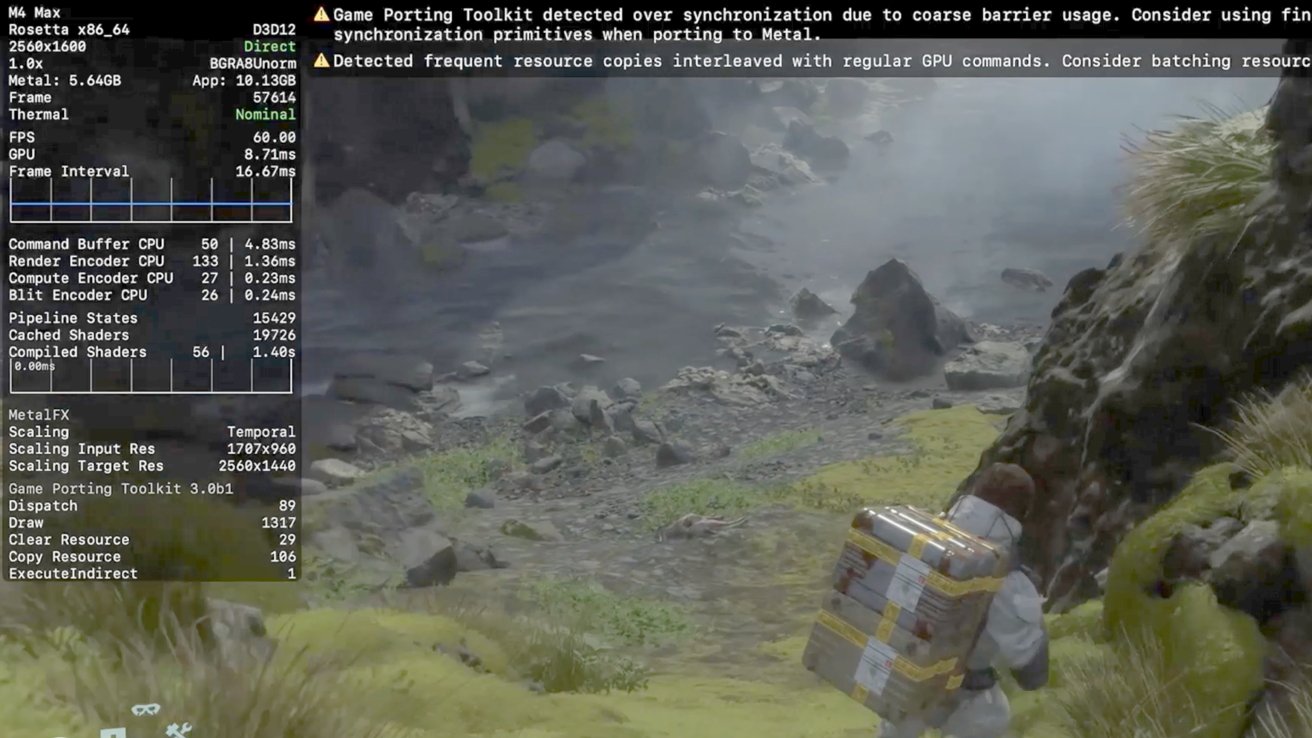




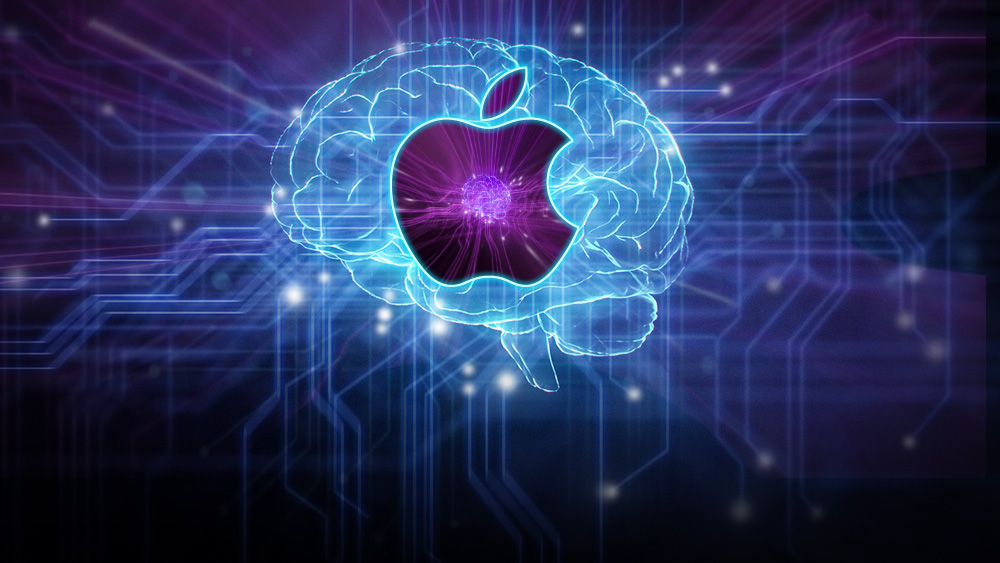
































































































































































































![[The AI Show Episode 151]: Anthropic CEO: AI Will Destroy 50% of Entry-Level Jobs, Veo 3’s Scary Lifelike Videos, Meta Aims to Fully Automate Ads & Perplexity’s Burning Cash](https://www.marketingaiinstitute.com/hubfs/ep%20151%20cover.png)














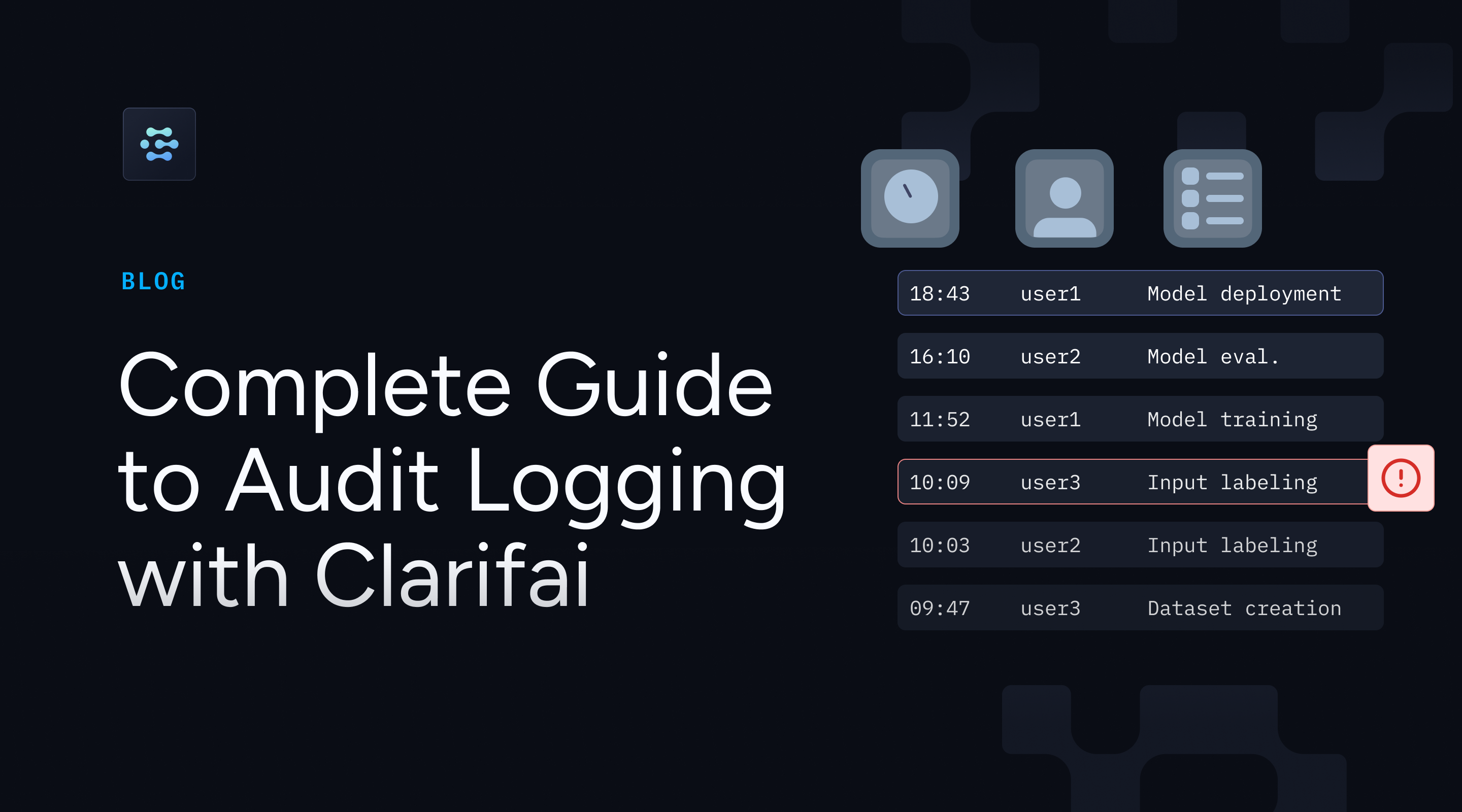





































































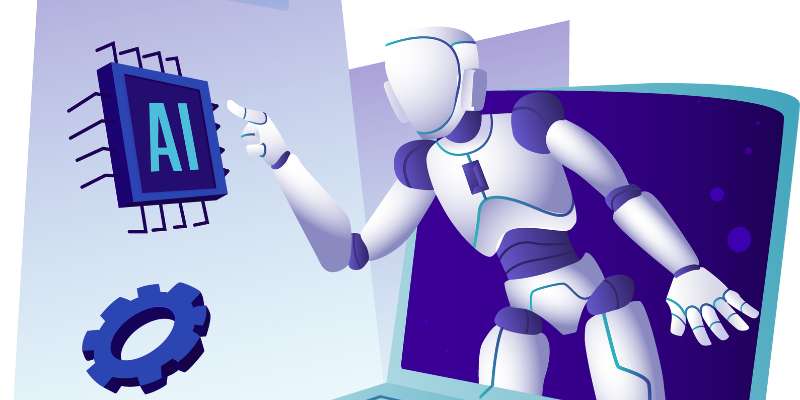


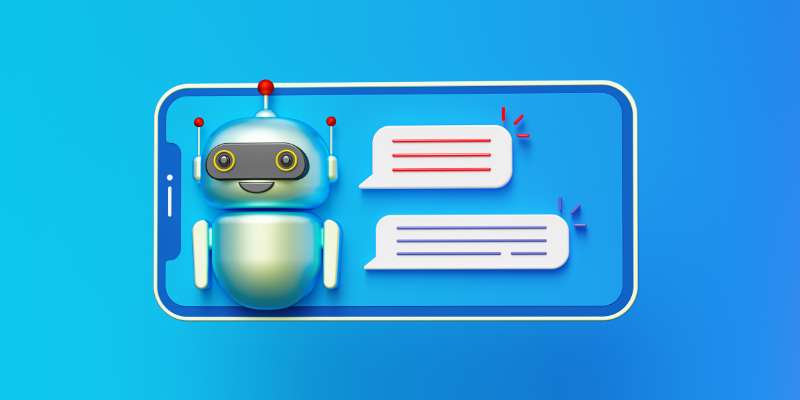



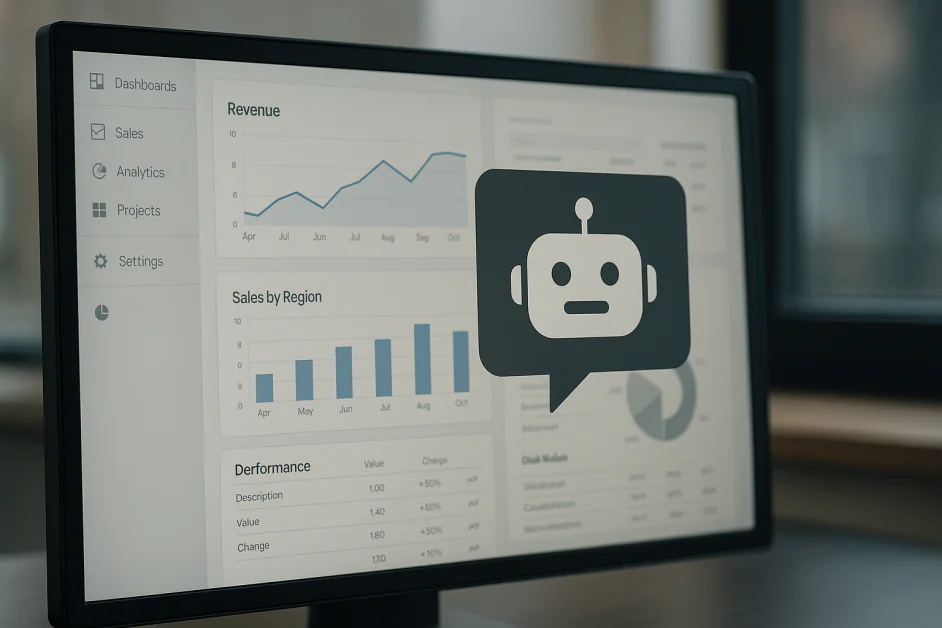












































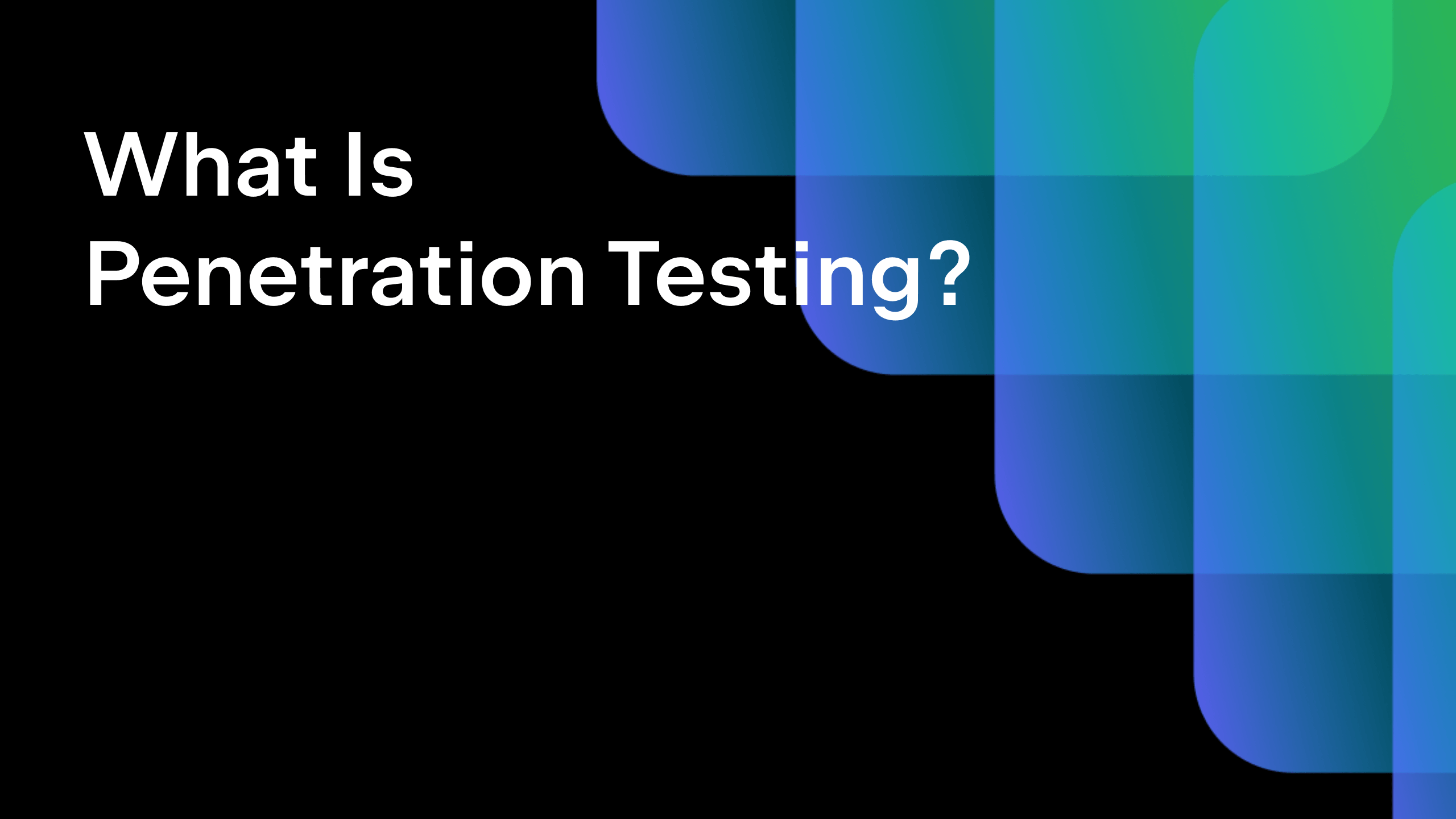













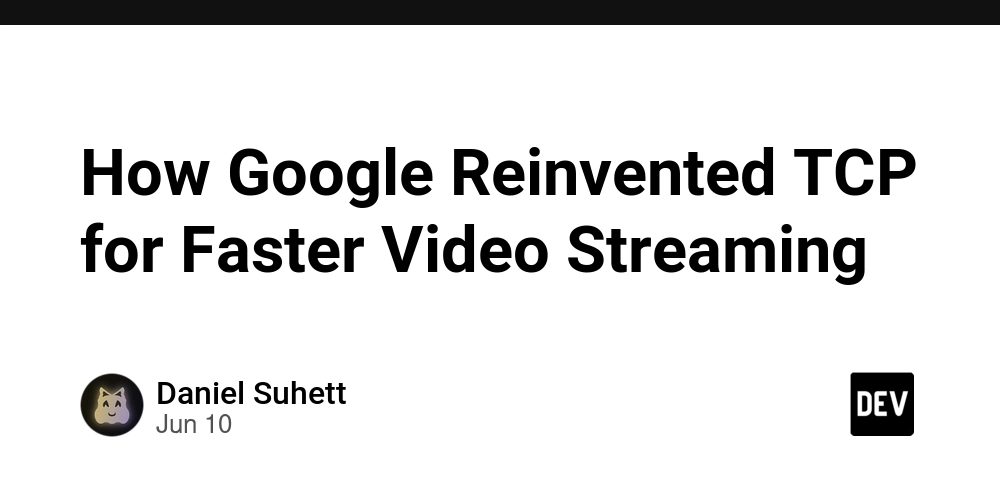





![From electrical engineering student to CTO with Hitesh Choudhary [Podcast #175]](https://cdn.hashnode.com/res/hashnode/image/upload/v1749158756824/3996a2ad-53e5-4a8f-ab97-2c77a6f66ba3.png?#)























.png?width=1920&height=1920&fit=bounds&quality=70&format=jpg&auto=webp#)
.jpg?width=1920&height=1920&fit=bounds&quality=70&format=jpg&auto=webp#)






































































